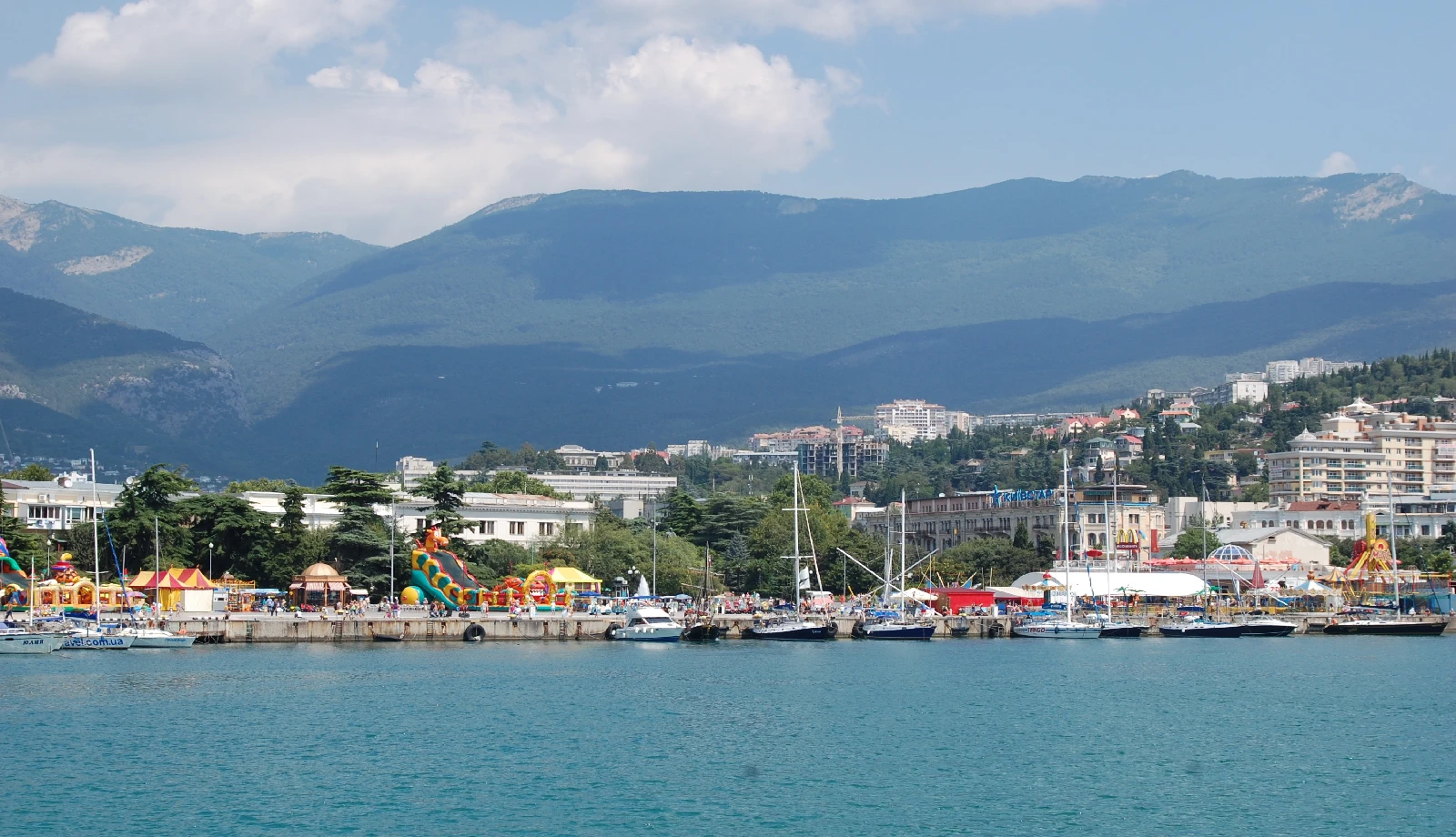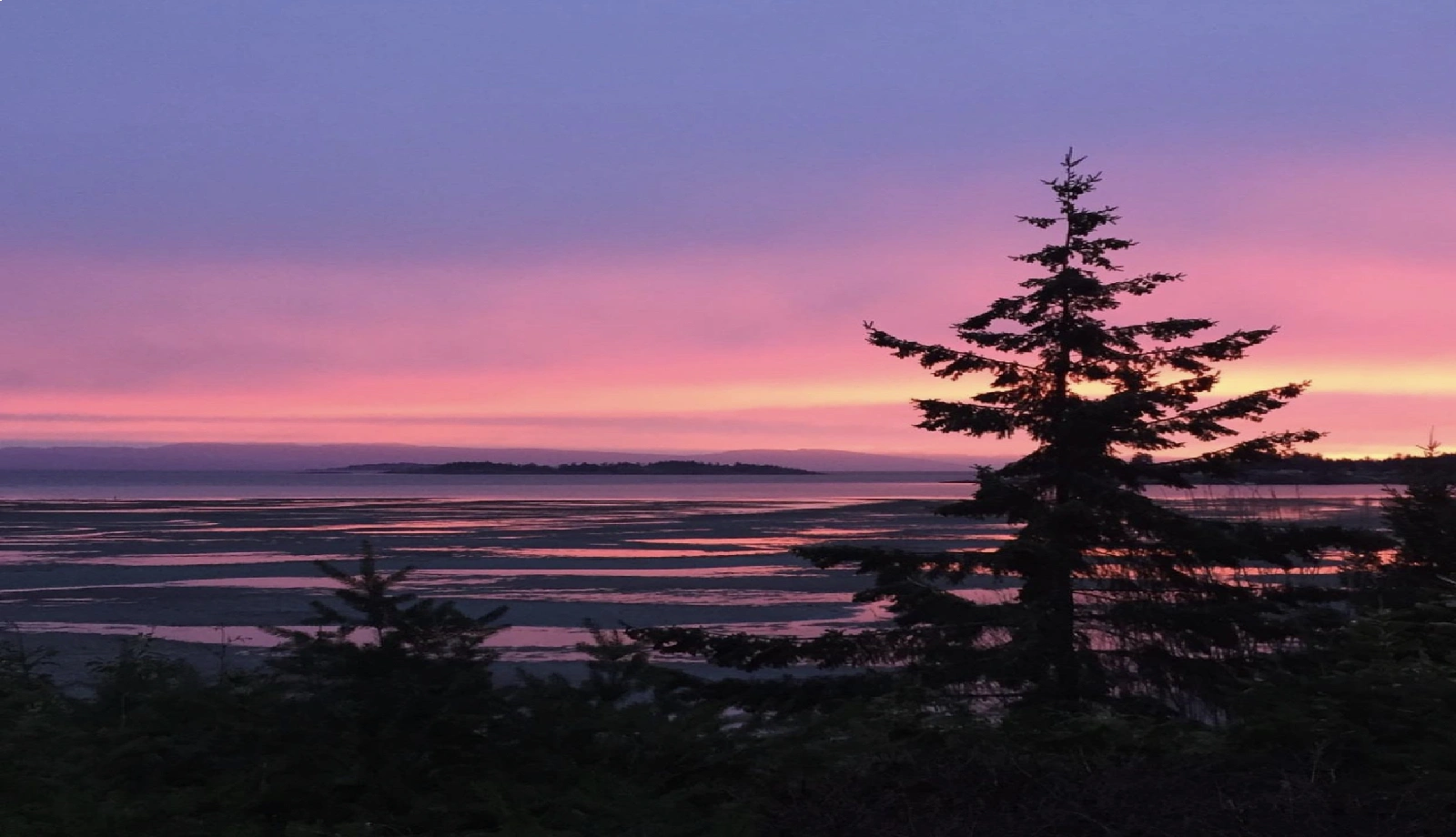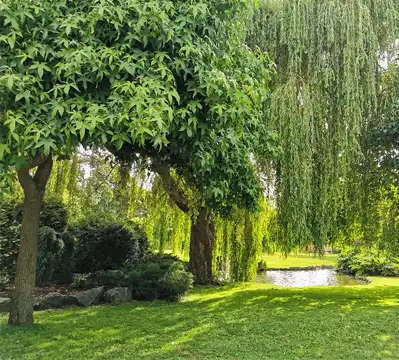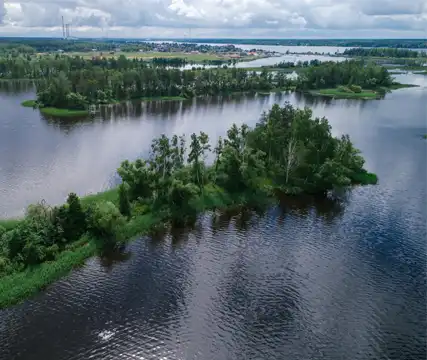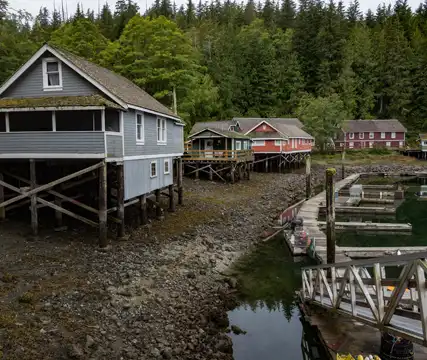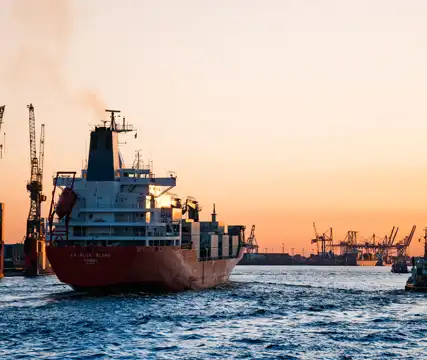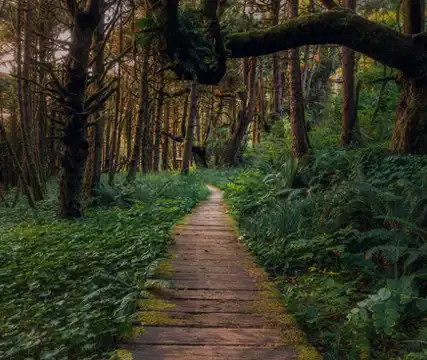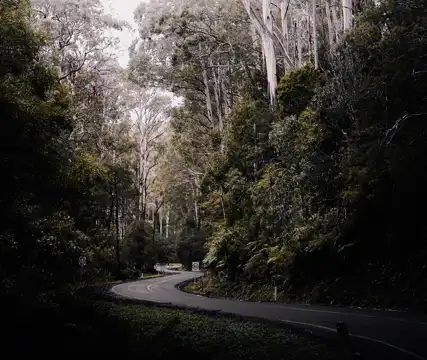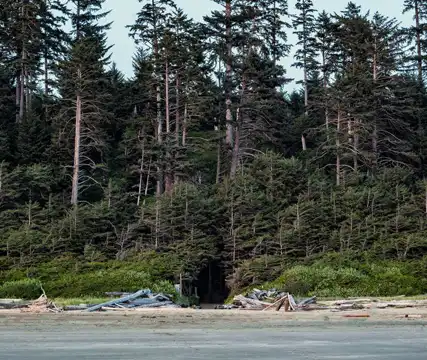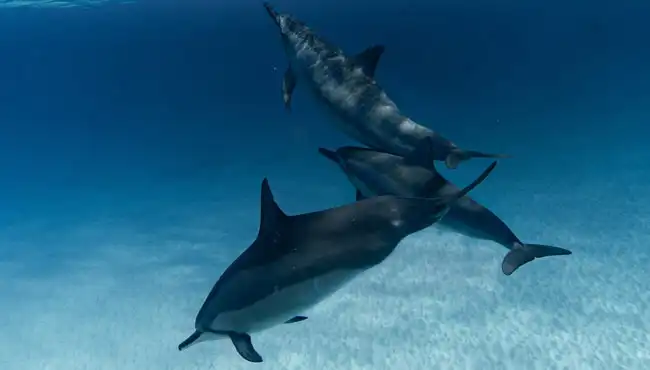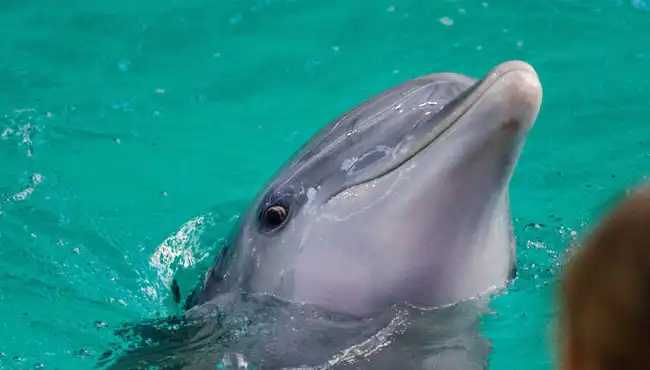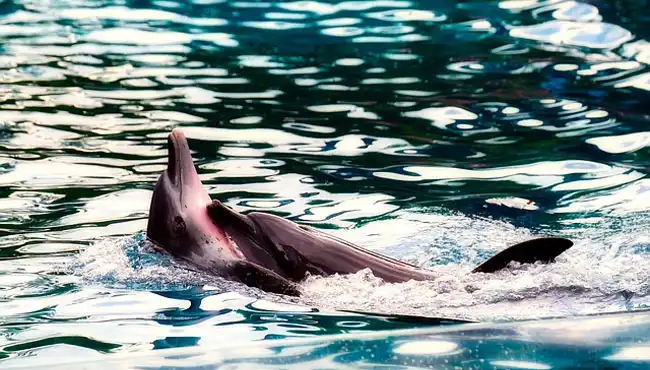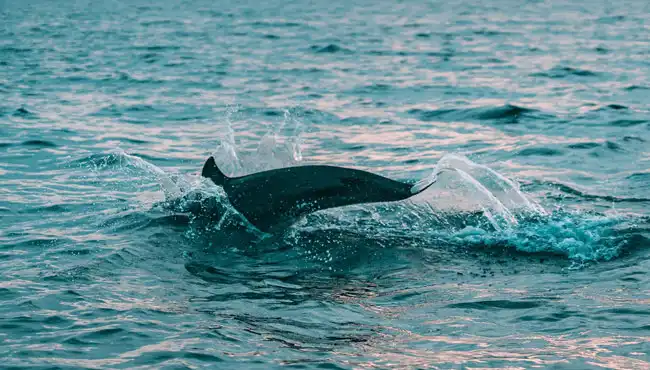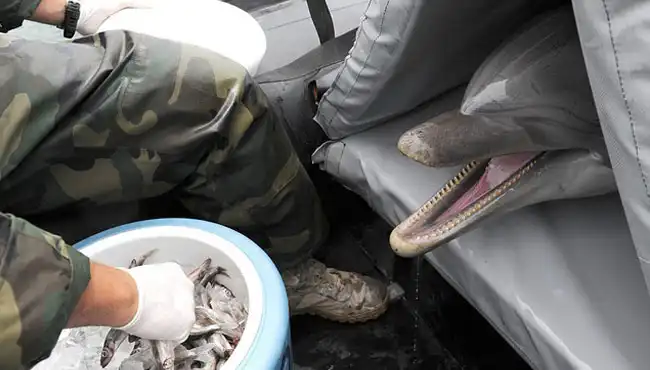2 Types of Porpoises on Vancouver Island
For our porpoise watching adventure there are two types inhabiting the waters of Vancouver Island. They are more frequent around BC’s shores; however, occasional sightings have occurred near the shorelines of Vancouver Island.
Dall’s Porpoise Watching: Characteristics, Habitat, and Diet
Dall’s porpoise are the fastest cetaceans living beneath the waves on Vancouver Island. Mariners on Vancouver Island know the as the speed demons. Thus, sighting them can be counted as a challenge and bonus at the same time. They are easy to spot from a distance because to its striking black and white colors. A huge white patch on the flanks and belly contrasts with the sleek black body. The tail's outside edges appear to be painted white or gray. The Dall's porpoise is sometimes confused for its smaller relative, the harbour porpoise, when viewed from afar. Both of their dorsal fins are triangular, although the Dall's fin is frequently frosted with white or gray at the tip.
Small cetaceans like Dall's porpoises are perhaps the most abundant in the north Pacific. They can be spotted all year in coastal and offshore areas around the British Columbia coast, particularly where deep underwater channels and canyons exist. They eat squid and tiny schooling fish like as herring, capelin, and eulachon. It captures its victim with its tiny fangs and consumes it whole.
Harbour Porpoise Watching: Characteristics, Habitat, and Diet
Males and females have similar appearances, and while females are usually somewhat bigger, it is difficult to distinguish between the two sexes. Males have a seasonal development of the testes, which can weigh up to 6% of their total weight during the mating season. Females give birth to a calf every one to two years, and both sexes can live up to 13 years. The harbour porpoise is significantly smaller than it's Vancouver Island cousin, measuring 5.5 feet in length and weighing around 170 pounds on average. They're British Columbia's tiniest cetacean!
The harbor porpoise has a circumpolar distribution in the northern hemisphere's temperate and boreal seas. There are three distinct groups: North Pacific, North Atlantic, and Black Sea-Sea of Azov. They tend to stay in coastal waters, while sightings in deep sea have been reported on occasion. They may be found in many of BC's inlets and fjords. They are also occasionally seen in brackish rivers.
These dark-gray creatures feed tiny schooling fish like herring and consume roughly 10% of their body weight every day.
